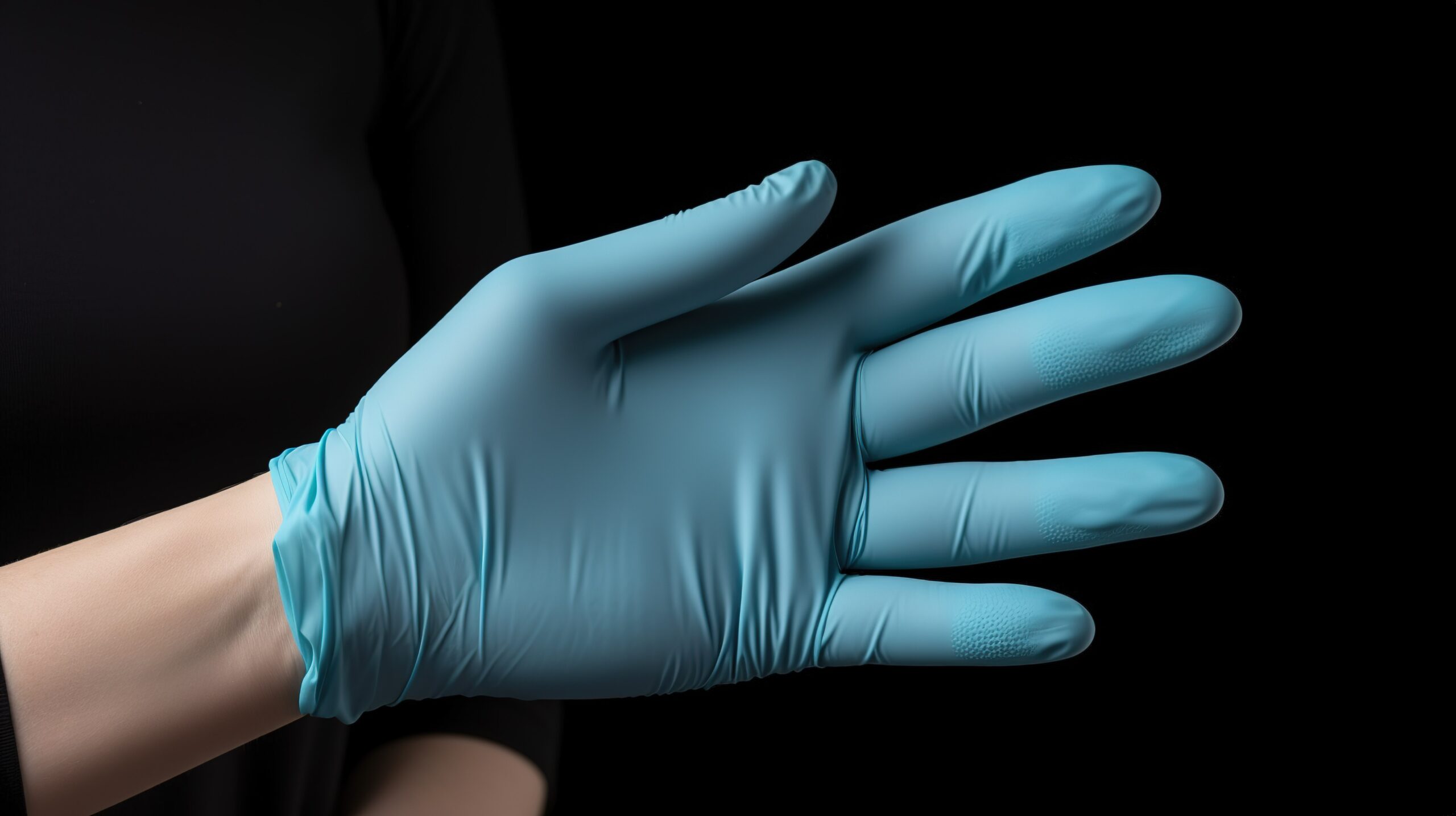Choosing the Right Glove: Vinyl vs. Nitrile vs. Latex
In various industries, from healthcare to food service, choosing the appropriate gloves is crucial for both protection and performance. Vinyl, nitrile, and latex gloves are three popular types, each with unique characteristics and benefits. Understanding these differences can help you select the best option for your specific needs. Here’s a detailed comparison:
Vinyl Gloves
What They Are: Vinyl gloves are made from polyvinyl chloride (PVC) and are known for their affordability and versatility. They are a popular choice in low-risk environments where high-level protection is not required.
Key Characteristics:
- Material: Polyvinyl chloride (PVC).
- Texture: Smooth and less flexible compared to nitrile and latex.
- Protection: Provides a basic barrier against contaminants but offers less protection against chemicals and punctures.
- Usage: Ideal for tasks requiring short-term use, such as food preparation, light cleaning, and general handling.
Advantages:
- Cost-Effective: Generally cheaper than nitrile and latex gloves.
- Latex-Free: Suitable for individuals with latex allergies.
- Comfortable: Comfortable for short-term wear, though less flexible than nitrile.
Disadvantages:
- Durability: Less durable and more prone to tears and punctures.
- Chemical Resistance: Limited resistance to chemicals and solvents.
Nitrile Gloves
What They Are: Nitrile gloves are made from synthetic rubber and are known for their durability and high level of protection. They are an excellent alternative for those with latex allergies and are widely used in medical and industrial settings.
Key Characteristics:
- Material: Synthetic rubber (nitrile butadiene).
- Texture: Offers a snug fit with excellent tactile sensitivity and flexibility.
- Protection: Highly resistant to punctures, tears, and a wide range of chemicals, oils, and solvents.
- Usage: Suitable for medical examinations, laboratory work, and tasks involving exposure to chemicals.
Advantages:
- Durability: Strong and resistant to punctures and tears.
- Chemical Resistance: Excellent protection against various chemicals and solvents.
- Comfort: Provides a comfortable fit with good dexterity.
Disadvantages:
- Cost: Generally more expensive than vinyl gloves.
- Allergies: Rarely, some individuals may have sensitivity to nitrile.
Latex Gloves
What They Are: Latex gloves are made from natural rubber latex and are known for their flexibility, comfort, and high level of protection. They are commonly used in healthcare and laboratory environments where a high degree of dexterity is required.
Key Characteristics:
- Material: Natural rubber latex.
- Texture: Highly flexible with excellent tactile sensitivity and fit.
- Protection: Provides strong resistance to pathogens and a high level of protection against biological hazards.
- Usage: Ideal for medical examinations, surgical procedures, and tasks requiring precise handling.
Advantages:
- Comfort: Offers a high level of comfort and dexterity.
- Protection: Excellent barrier protection against pathogens and biological agents.
- Elasticity: Very flexible and form-fitting.
Disadvantages:
- Allergies: Some individuals may have latex allergies or sensitivities.
- Chemical Resistance: Less resistant to chemicals compared to nitrile gloves.
Choosing the Right Glove
When selecting gloves, consider the following factors:
- Type of Work: Determine the level of protection needed based on the tasks and potential exposure to chemicals or biological hazards.
- Comfort and Fit: Choose gloves that offer the right balance of comfort, dexterity, and protection for your specific needs.
- Allergies: Be mindful of latex allergies and select latex-free options if necessary.
Each type of glove—vinyl, nitrile, and latex—has its own strengths and applications. By understanding these differences, you can make an informed decision and ensure you have the right gloves for your tasks.
For more information on our range of gloves and to find the best fit for your needs, feel free to contact us. We’re here to help you with all your protective glove requirements.


Leave a Reply